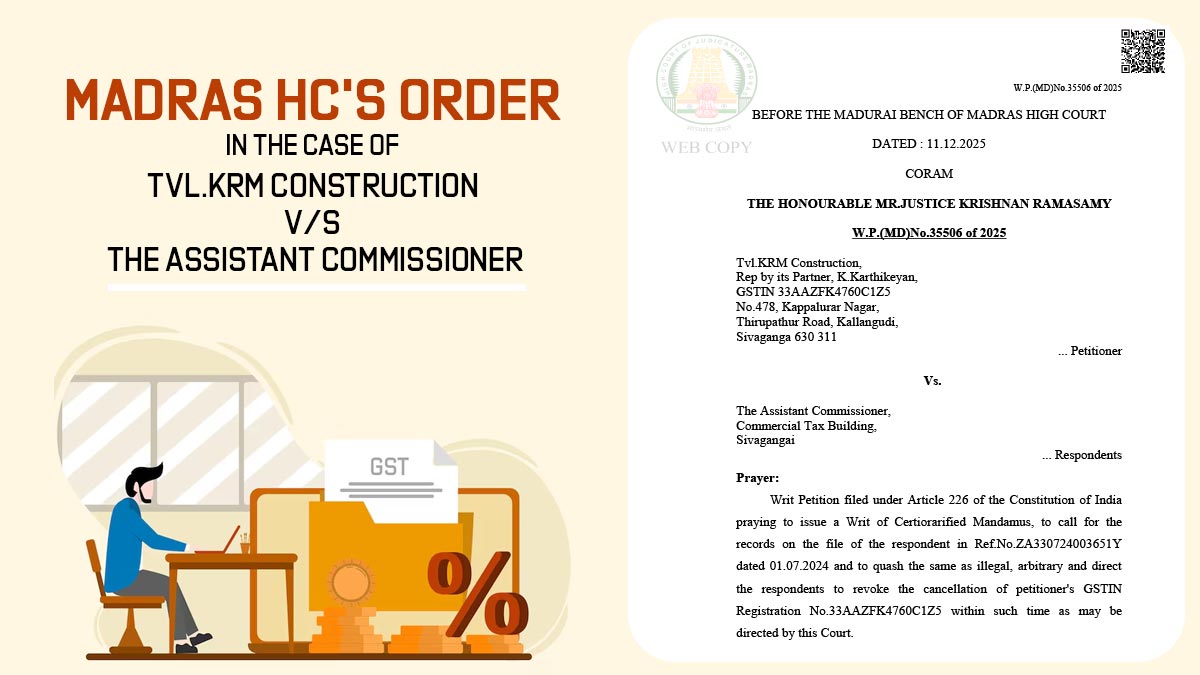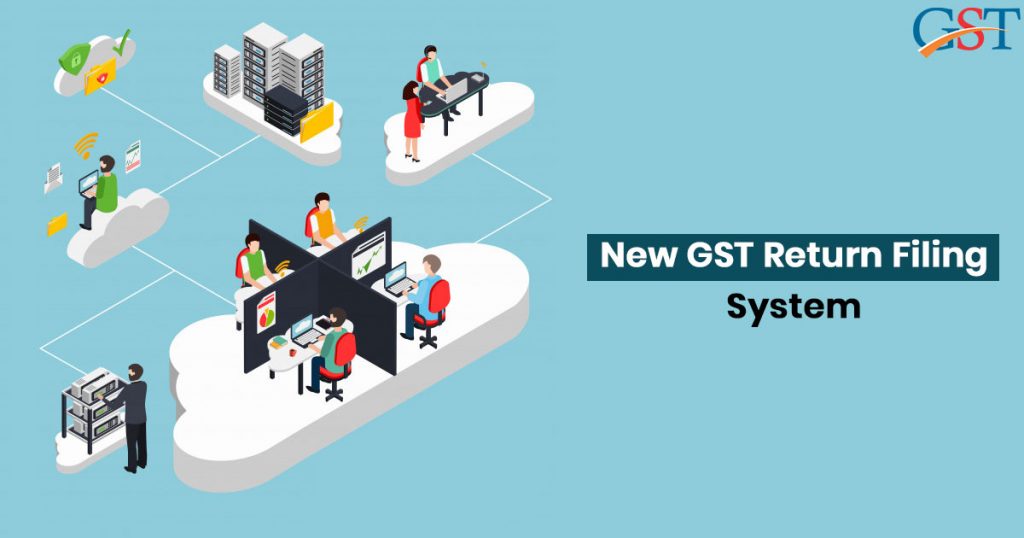
The Goods & Services Tax Network (GSTN) has struck on some ideas to introduce in the new return filing mechanism which will be effective from the next fiscal year. Under this new system, separate due dates for return filing will be allotted to two different types of taxpayers (categorized based on annual turnover) to avert eleventh-hour hustle that leads to the crashing of the GST portal.
According to Prakash Kumar, CEO, GSTN, “It will help avoid the last-minute rush,”.
Due date to file returns 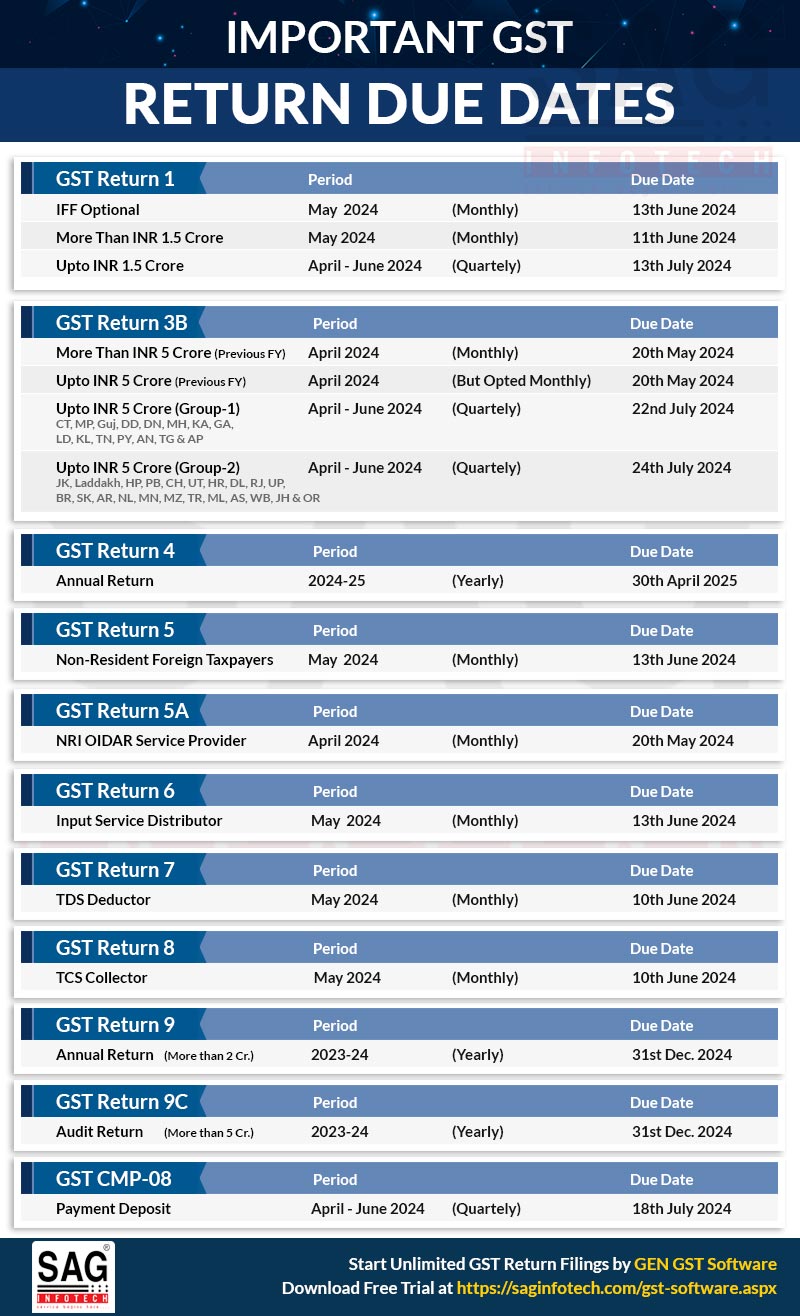
Under the GST regime, every taxpayer need to file GST returns even when no business is carried out by him or in case of zero turnovers. However, the new GST return filing system 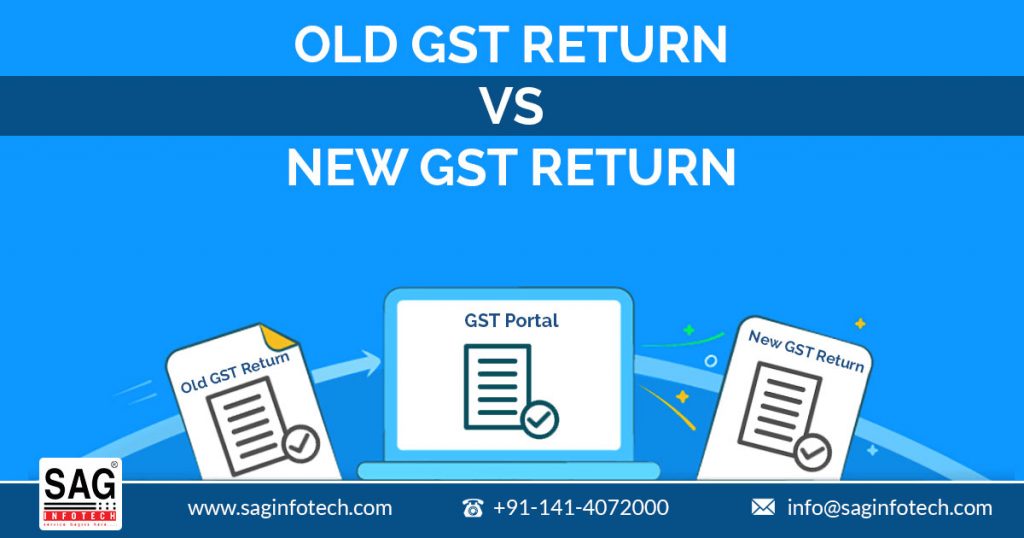
Approx 22.73% of total GST returns filed in 2017-2018 were nil returns filed during the year and 70.22% returns filed in 2017-2018 were furnished by those with an annual turnover below Rs 5 crore. Such small taxpayers can now opt to file quarterly returns.
28% of all the taxpayers had made only an annual turnover of below Rs 5 crore and they carried out only B2C transaction. Under the new GSTR filing mechanism, they can simply opt to file Sahaj which is a simple two-table form. Under the new system, just 7.06% of taxpayers have to mandatorily file monthly GSTRs.
Unlike the current system which defines separate filings and due dates for different returns such as GSTR-1, GSTR-2A, etc; under the new system, there will be only one due date in a month with similar filings for various GSTRs.
Previously, the due date for filing GSTR-1 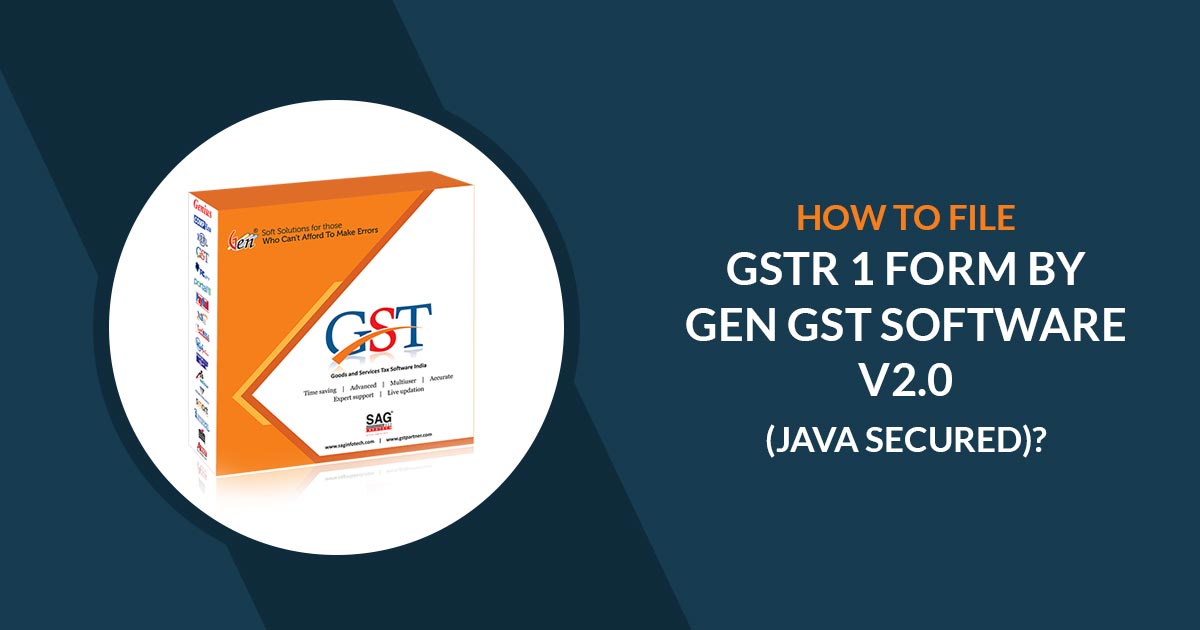
“There are no separate filings of Anx-1 and Anx-2 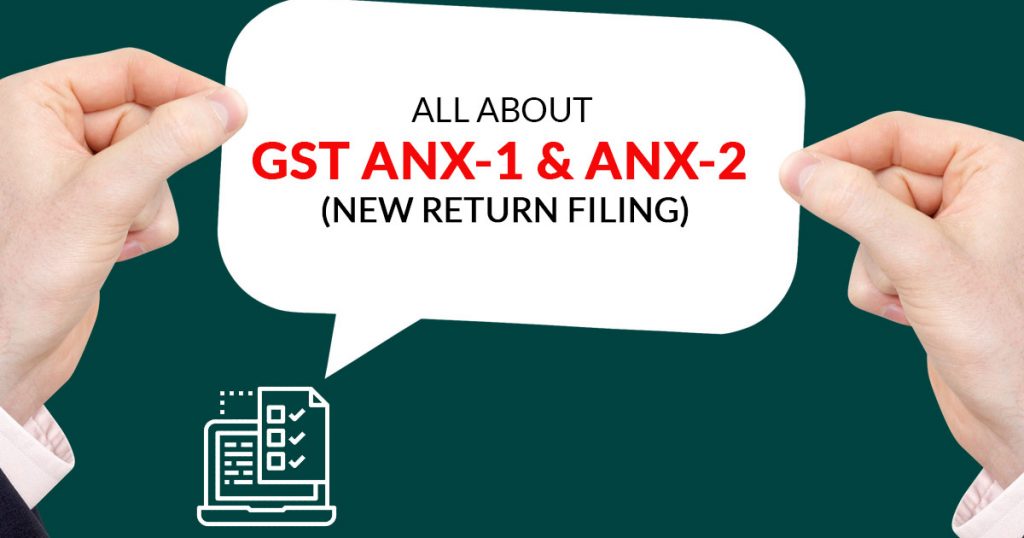
Taxpayers face a lot of problems while filing returns in the last two days just before the deadlines. In this regard, Kumar says if everyone comes for filing returns in the last 4-5 hours of the due date, no system can handle the load.
At present, the GSTN portal handles the concurrency of 1.5 lakh. Concurrency, here, refers to the total number of users who can file the return at a particular point of time.
He further underlines that many taxpayers have become habitual of filing the returns after the due dates and only 60-62% of the taxpayers file the returns on time. “There are cases we have identified who regularly file returns late by 10-20 days,” he says.
Technical setbacks occur frequently on the GSTN website in the last two days of GSTR filing due to the last-hour rush for filing returns. This is the source of disruption for businesses which makes return filing, a troublesome process for them.
Technical glitches effects last moment GSTR filings and other GST-related conformities. Every month, taxpayers complain about the termination of the GSTN website working for hours in the last two days of GSTR filing.
To resolve these issues, the 20th and 25th of every month have been concluded as the due dates to file returns by the big and small taxpayers, respectively. The introduction of a new return filing system by the GSTN foresees to solve the technical problems that sprout out due to overloaded filing of GSTRs on the GST portal during the last two days before the due date of filing.




